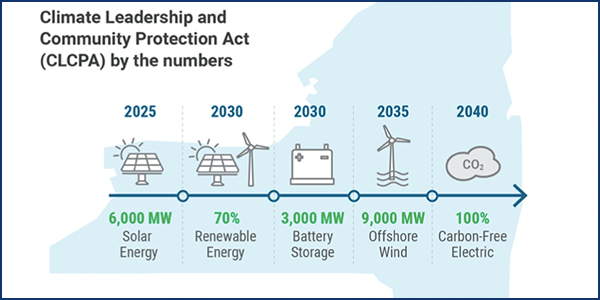NYISO CEO Rich Dewey told the Management Committee Wednesday that the ISO succeeded in completing many stakeholder processes despite the coronavirus pandemic. “This has been probably one of the most challenging years of any of our professional experience,” he said, referring to the challenges of working remotely.
He thanked stakeholders and staff for helping the ISO replace its energy management system and business management system, complete a demand curve reset and roll out market rules for energy storage.
“I hope 2021 is a little easier, but there’s still a significant chance that it will get a whole lot worse before it starts getting better,” Dewey said. “So I want to encourage everybody to stay safe as we head into the holiday season.”
COO Rick Gonzales noted the “remarkable decrease in the fuel prices year-over-year” with natural gas in November averaging $1.47/MMBtu, down 44.5% from the previous year. Distillate prices dropped 36.9% year-over-year.
The ISO did an “ad hoc update to its generator survey to include pandemic impacts … but none of the generation sector participants are reporting outages or derates as a result of the pandemic,” Gonzales said. “As a result, we’re not projecting any reliability issues, certainly at this point in time, as a result of the pandemic.”
NYISO Strategic Plan 2021-2025
Executive Vice President Emilie Nelson presented the NYISO Strategic Plan for 2021-2025, reiterating the accomplishments of the year and looking ahead to how the ISO will incorporate the clean energy mandates in the state’s Climate Leadership and Community Protection Act.
“The board [of directors] thought it was more important than ever in these times of uncertainty to provide some clarity on what the objectives of the organization are for the future,” Nelson said. “If you consider the multitude of planning studies looking out 10 to 20 years in order to inform how the grid is going to transition, there’s a lot of quality work there.”
In addition to deploying the energy storage participation rules in August, Nelson said the ISO continued its exploration of carbon pricing and won FERC approval for its distributed energy resources participation model. She also cited as accomplishments improvements to its market rules for ancillary services and a proposed design for the hybrid co-located model.
Stakeholders and NYISO staff worked hard through the demand curve reset process, “which is always very involved, and … we progressed through the largest class year in a record time, all representing improvements that stakeholders have worked with the ISO on through the years,” Nelson said of the transmission queue that began in August 2019 and concluded this fall.
Tx Planning Changes and TAM Clarification
The committee approved revisions to streamline the ISO’s economic and transmission planning and expand its scope to capture the grid’s ability to deliver energy from the future generation resource mix to the forecasted load. The changes rename the Congestion Analysis and Resource Integration Study as the System & Resource Outlook and double the assessment periods to 20 years, consistent with the study period for proposed economic or public policy transmission projects. (See NYISO Business Issues Committee Briefs: Dec. 9, 2020.)
NYISO will continue to make additional economic planning studies available to interested parties, including one on the new energy deliverability metric. The Board must approve the Attachment Y Tariff revisions before the ISO can make a Section 205 filing with FERC in January.
The MC also approved a clarification on how the ISO’s new Tailored Availability Metric rules apply to landfill gas resources as well as to wind and solar. The clarification will replace the terms “wind and solar resources” with “intermittent power resources,” which includes landfill gas, in section 5.12.14.3 of the Market Administration and Control Area Services Tariff.




